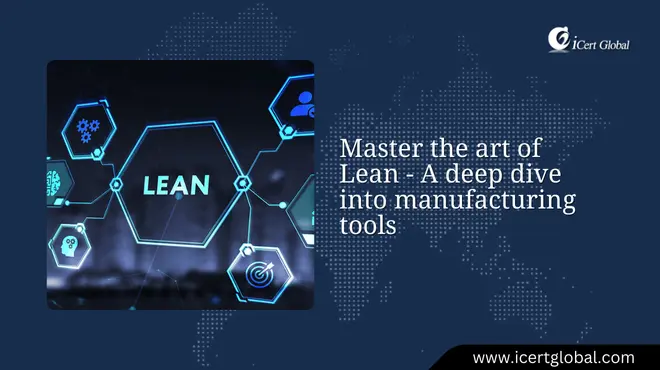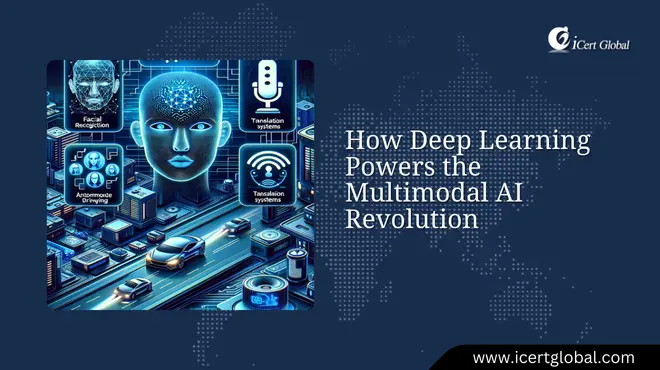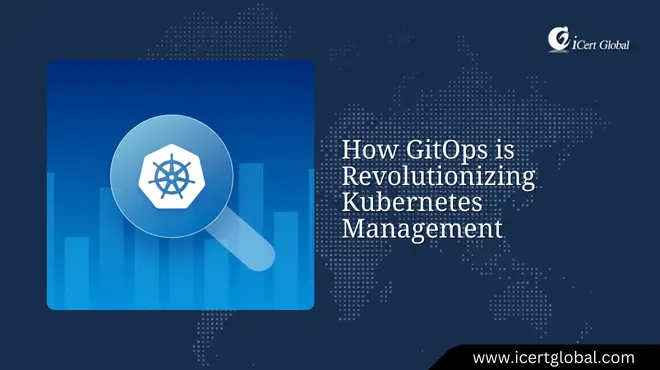Latest Articles
Why Agentic AI is the future in Finance
In a time where each and every fraction of a second can equal millions in value, a surprising figure from a recent Deloi...
Agile Leadership empowering cross-functional teams - From collaboration to integration.
Agile leadership plays a key role in Enterprise Agile Transformation by enabling cross-functional teams to break silos a...
Transforming Urban life: the role of data science in smart cities
Did you know that by 2050, nearly 68% of the global population will live within urban centers and put city infrastructur...
Master the art of Lean - A deep dive into manufacturing tools
Lean Thinking tools not only streamline processes but also pave the way to mastering Lean principles and harnessing adva...
Zero click searches explained. Winning Google Snippets to boost visibility.
Modern SEO success means embracing zero-click searches by optimizing content for Google snippets, helping you dominate s...
Starting your cloud career:Best certifications to begin with.
The growing importance of cloud storage highlights the value of earning certifications that can launch and accelerate yo...
Blockchain beyond crypto: transforming supply chain and finance in 2025
Getting started with blockchain has never been easier, and understanding its role beyond crypto reveals how it’s t...
Sustainability in Project Management: A Step Towards Greener Business Practices
The latest project tracking software empowers teams to streamline workflows while integrating eco-conscious strategies, ...
2025 and the Next Chapter of Google AI: How Multimodal AI is Changing the Game
This evolution of AI shows how deeply multimodal intelligence is woven into Google’s vision, setting a new standar...
How Deep Learning Powers the Multimodal AI Revolution
From powering voice assistants to driving the multimodal AI revolution, deep learning is making smart devices more intui...
Top Cybersecurity Threats in 2025 and How to Protect Your Business
As cybercriminals leverage AI-driven attacks and advanced phishing schemes, organizations must evolve their defenses to ...
How GitOps is Revolutionizing Kubernetes Management
In a recent study created by the Cloud Native Computing Foundation (CNCF), 43% of teams struggle with complexity managem...



.jpg)












.webp)



